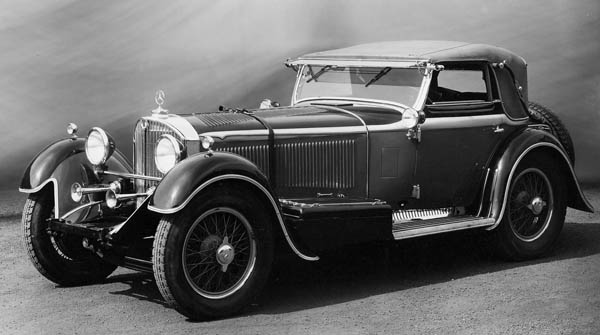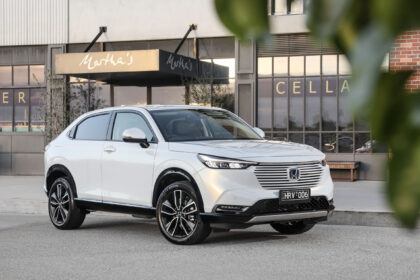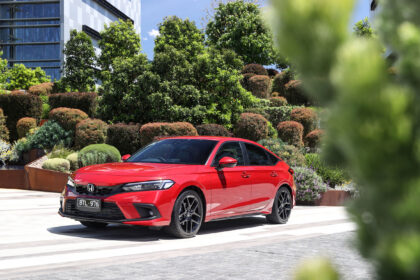
The SSK – K from the German for short – was designed by Dr Ferdinand Porsche and was among the highest performance cars of the early 1920s produced anywhere in the world. This performance came from the supercharger with which the SSK was equipped.
Mercedes developed supercharging technology for use in aero engines during the 1914-18 war as a means of dramatically increasing power without adding a great deal of weight. The last Mercedes cars designed by Paul Daimler before, in 1922, he left the company founded by his father incorporated the Mercedes supercharging system. When Ferdinand Porsche took over from Daimler his first job was to improve the supercharged cars, the last to be named simply ‘Mercedes’.
These long wheelbased cars had massive top-heavy bodywork and needed lots of power to drive them. With a chassis of steel plate, a steel girder to support the front axle, a live beam rear axle and very stiff springs they stayed on the road mainly because they weighed so much. As one can imagine it was only the long wheelbase and the deep upholstery that made the ride tolerable.
One significant change to the six-cylinder engine was the way that the supercharger worked. Instead of absorbing a certain amount of power by having to drive the heavier mixture from the carburettor into the engine, the supercharger at the front became a blower’ which forced air into the carburettor before fuel was added. A feature of the engine was a new, more efficient valve system operated by an overhead camshaft which was developed by Mercedes back as far as 1914.
When Daimler and Benz merged to form what is now one of Germany’s biggest industrial combines, development of the supercharged machines continued as a new top line to the Mercedes-Benz range of cars, abbreviated now to simply Mercedes, to the dismay of Daimler-Benz. There was ample profit in each car but production was slow because of the amount of quality work that went into them. Few people could afford them in any case.
As one of the main problems with these cars was in their handling, a reduction in weight rather than an increase in power became more important. To achieve this the manufacturer decided to cut out a section of the massive chassis and coachwork which produced a short wheelbase model. This version, designated by the letter K, was introduced in 1926 for the more adventurous owner.
With improved brakes and a more powerful engine a lighter model S – for sporting model – was also introduced. This version proved easier to drive than the straight K variant because it had a new chassis with a lower centre of gravity. Further engine tuning by boring out the engine to 7.1-litres and redesigning the cylinder head to gain a higher compression ratio produced the SS (or super sports) models of 1928.
With a little more shortening of the wheelbase, the greatest supercharged Mercedes – the SSK – was produced, with either the more sedate touring engine or the searing high compression engine, both of which were also introduced in 1928. With an open two-seater body and a maximum of 201km/h this car achieved great success on the racetracks of Europe in the late 1920s and early 1930s.









